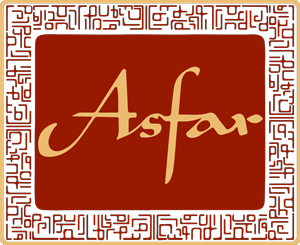Given his occupation, the most unexpected thing, perhaps, about twenty-year-old Belal Wagdy, is his sense of humour. When I ask him if he has ever faced harassment or intimidation from Egyptian State Security for his photography, he laughs. “Actually now I am being chased by Egyptian police. They came to my house many times and destroyed some furniture and TV and even my desktop computer”. Like many other Egyptian photographers, journalists, artists, writers, and activists, Belal’s work has attracted the attention of the ever feared and much mocked state security apparatus. “All of this just for photographing the anti-coup protest”.
Belal, originally from Giza, began taking photographs in the wake of the military coup in July 2013, first as a hobby, but now as a job. His photographs, bold, rich, and immersed in the centre of the street’s anti-coup activities are taken, he says, from a sympathetic angle, “from the protesters’ one. Sorry, in Egypt there is no such thing called a neutral viewpoint”. Belal firmly believes that photography is crucial in post-revolution Egypt, and that “almost everything” should be documented by photojournalists.
Drawing inspiration from his teacher, Amru Slah Eldin and fellow photographers Sabry Khaled and Mossab El Shamy, Belal’s photographs depict the open heart of the revolutionary street, powerful, forceful, angry, focussed, creative, nationalistic, and are never sentimental, though they evoke feelings of pride, compassion, and nostalgia in a language fluent only to Egyptians, and many of the photographs are plainly taken with love.
His photographs are also necessarily graphic; such is life for citizens and the revolutionary street. Among his collection are images of bodies, some covered, some visibly wounded, and several images of people in terror, or grieving around the bodies of the dead. Conversely, and scattered between these images, are photographs of family gatherings, of prayer, of children. The life and death balance in Egypt is accurately, and starkly conveyed in Belal’s body of work. Death and revolution fall in with the daily rituals and calendared celebrations of Egyptians quite fluently now. Belal’s work does not depict, compare, or contrast ‘the good’ and ‘the bad’, the suffering and the happiness. Rather, it depicts ‘the day’, flush with life and death, and pulsing with revolutionary activity still.
Such is the crackdown on revolutionary and anti-coup activity that photographers are being arrested and imprisoned with alarming frequency. A friend of Belal’s was recently sentenced to twenty-five years in prison for his photography. “It’s harder to work in Egypt than in other countries,” he says. Mossab El-Shamy, who Belal cites as a source of inspiration, is one of three brothers in the El-Shamy family who work as photographers, and who have infamously faced arrests, imprisonment, and harassment by the state. (More on the El-Shamy brothers from Buzzfeed News.)
“The crackdown on the press is deepening at a time when the public needs independent reporting on the security threats that Egypt is facing,”i says Middle East and North Africa Program Coordinator for the Committee to Protect Journalists (CPJ), Sherif Mansour. Belal agrees, claiming that the freedom of the press and the safety of journalists is getting worse, “it’s not improving at all.” (The CPJ maintains a prison census of journalists detained in Egypt, here.)
Belal’s ultimate ambition as a photographer is to pursue human rights for all. At present, Belal is capturing the lives of Syrian refugees in Egypt. You can find Belal and his work on Flickr, FaceBook and Twitter.
i https://cpj.org/2015/07/with-journalist-arrests-press-freedom-egypt.php
